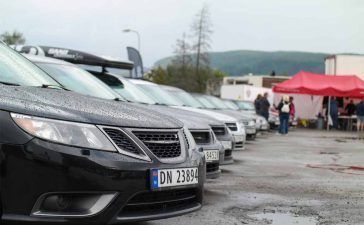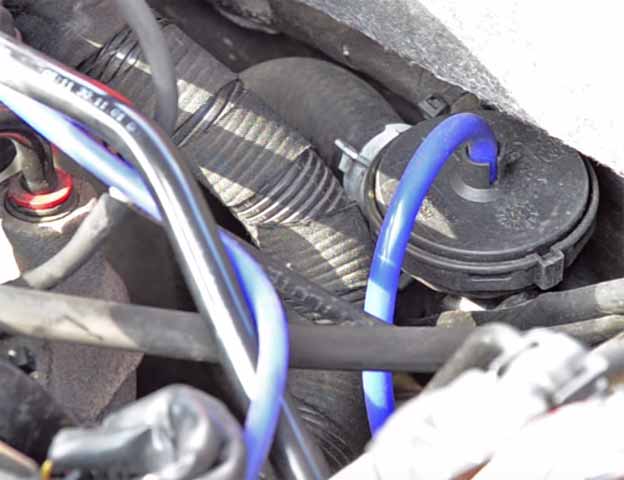Those who are current owners of Saab cars, or once were owners of Saab cars, know that these Swedish cars are really special and that they have something that cars of other brands do not have. Of course, these cars are not the best in the world, nor the fastest, nor perhaps the most beautiful (for real Saab fans, they certainly are), but they are good in each of your categories collectively these qualities make owners a real pleasure.
Because of all this, owners of Saab cars really enjoy driving and have that famous smile that was noticed by the famous automotive TV presenter Jeremy Clarkson. Now, what is it that makes these cars different from the rest of the automotive industry? Let’s try to answer this question.
To begin with, a little reminder of what exactly SAAB was. Swedish company, with a specific design, never very radical, but always different and, often, better techniques than the competition, high quality and great dedication to details, safety and reliability. The Swedes have been making airplanes for so long in the SAAB company that it inevitably happened that the high standards in production were maintained even when they switched to car production. As is known, there is no room for mistakes in the aviation industry if you want to land safely, so the same philosophy is maintained when it comes to SAAB cars.

The company’s golden period was from the 1950s to the 1980s, when the company managed to constantly increase the number of produced copies and make its customers around the world satisfied and ready to buy every new model. In those years, SAAB won races, in the rally championship, and it was an ideal training ground where a Swedish car, with an emphasis on quality and reliability, could prove itself.
The Saab company had many opportunities to become something more, but through strange management decisions, it allowed other factories to use Saab’s solution and become known based on quality or technical specifications that were once reserved only for SAAB.

This primarily refers to Audi and Subaru, who based their entire market philosophy and offer on AWD cars with turbo engines, bragging about rally successes and “advancement through technology”. Even before Audi, SAAB was a rally champion with the 99 Turbo model, at a time when Subaru was hardly sold in Europe, and Audi was an anemic VW brother, with a slightly higher price and slightly better equipment, almost without any identity. In the 1980s, the turbo models gave Saab a boost, before the Swedes were overtaken by slow product development and sometimes illogical model policy: in just 65 years, only a handful of completely new car designs were produced, for at least 20 years there was a lack of a competitive station wagon in the model range, the brand’s first prestige car, the Saab 9000 from 1984, was smaller than the cheaper 900 model, and Saab was very slow to respond to the diesel wave.
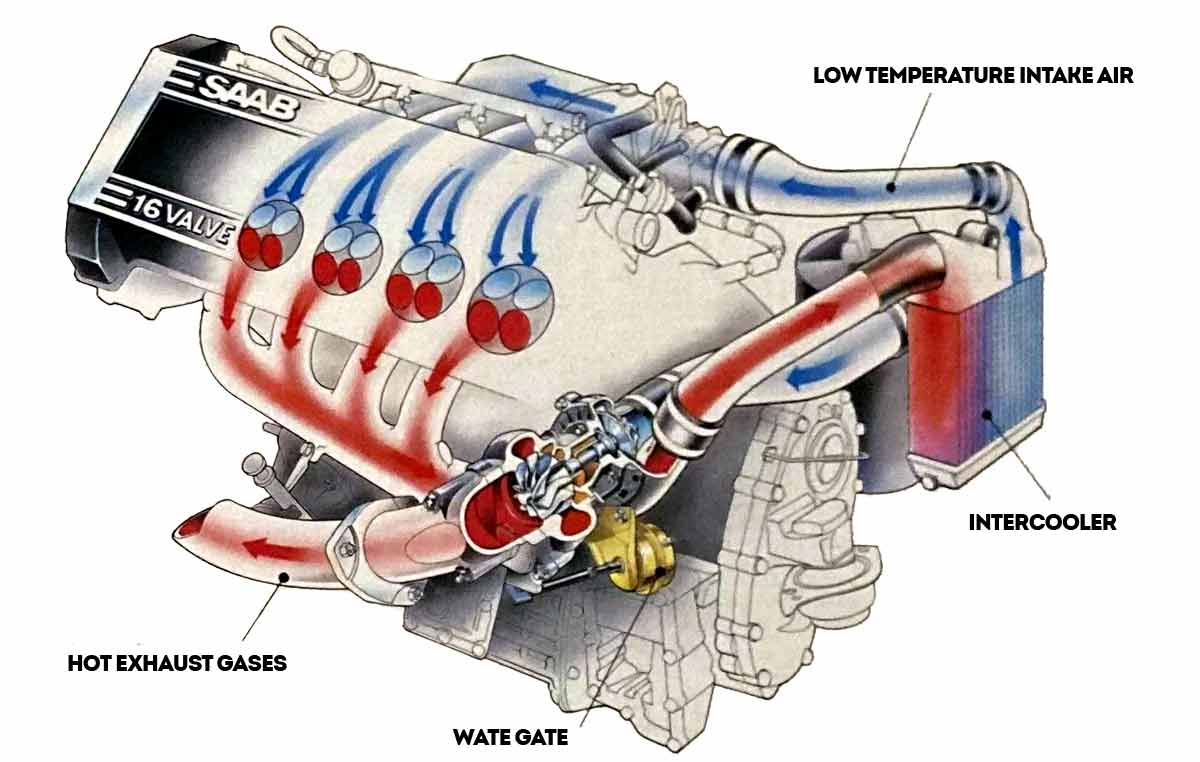
Saab often led the way with innovations such as heated seats, asbestos-free brakes and headlight washers, but will especially be remembered as a turbo pioneer. This is just a fraction of what Saab, as a car brand with soul and personality, had to offer over time, which despite its small size – only a few times the annual production exceeded 100,000 units – left a firm mark in the history of cars.
But in wider circles it was the 99 Turbo from 1977 that established Saab’s reputation for technical ingenuity. Turbo is not Saab’s invention; the patent dates from 1905, and Oldsmobile and Chevrolet were already selling turbo models in the early 60s. But the breakthrough came when Saab’s engine wizard Per Gillbrand tamed the otherwise rather unruly technique with a pressure relief valve as simple as it was brilliant, which “felt” the turbo’s charge pressure.
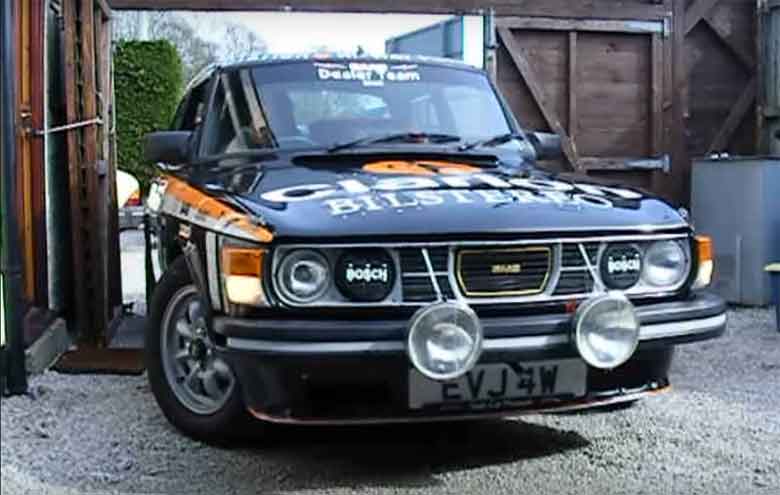
It sparked a veritable turbo wave and the most successful period in Saab’s history, and in February 1979 a Saab 99 Turbo became the first ever turbo winner of a World Rally Championship. Despite the aging construction, the 99 development 900 Turbo now gained icon status, which also affected the smaller models and the top model Saab 9000, which was created in collaboration with the Fiat group.
It established its name in the autumn of 1986, when three Saab 9000 Turbos were sent to the Talladega oval track in Alabama, where they raced for 20 consecutive days, and the result was two world records, 100,000 km at 213.299 km/h average and 50,000 miles with 213.686 km/h in average, as well as 19 other international records. The Saab 900 Convertible, which arrived in 1986, was also a hit, and to the end the open models were among Saab’s few sales bright spots.
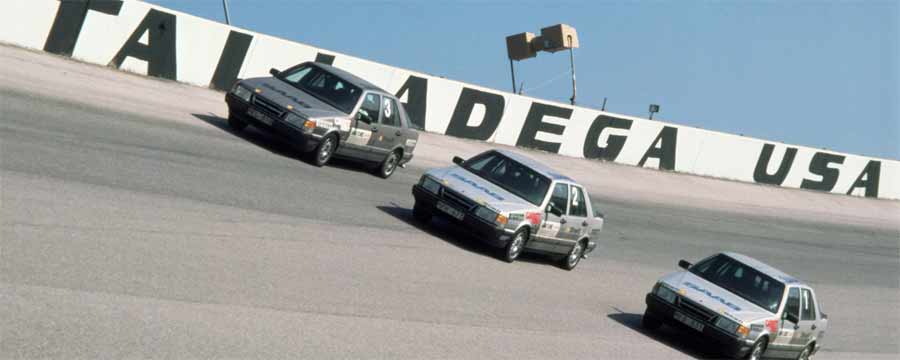
On the other side, in the opinion of many Saab fans, the Opel/GM-based model series, which premiered in 1993 with the second generation 900 and was followed up in 1997 with the 9000 successor 9-5, have missed the charisma that characterizes a true Saab.
However, the flow of technical innovations continued, e.g. the advanced Trionic engine management system (1991) which regulates turbo pressure, injection and ignition and which can measure the pressure in the cylinder during combustion, active head restraints which prevent whiplash (1996), ventilated front seats (1997) and a revolutionary variable compression engine ( 2000), which however never went into production.
So, outside of Sweden, Saab has always been a small enthusiast brand – the sales record is a small 135,000 cars in one year. However, poor finances and constant threats of closure were also always part of Saab’s history, and against that background it is remarkable that the brand, which presented its first car in 1947, managed to survive for so long. Those of us who drive Saab cars every day know that they are special, but we often can’t explain it to others – why is that so.






